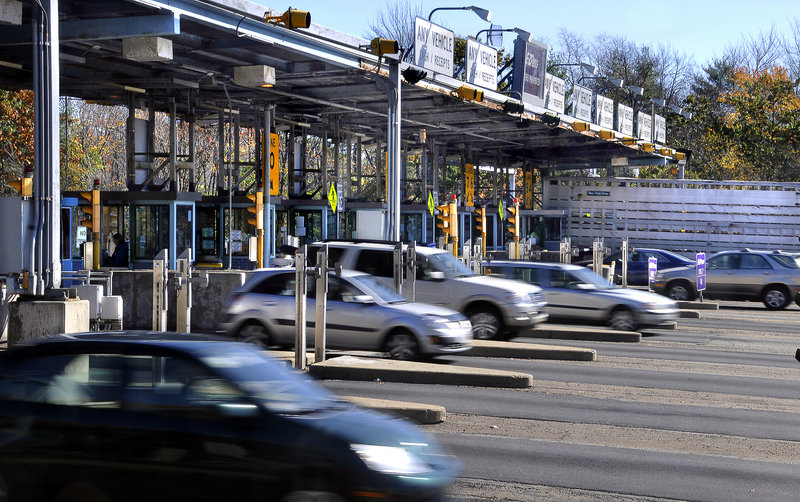Residents of southern Maine are already poorly served by the Maine Turnpike Authority.
The MTA’s proposed toll-increase plan makes things even worse.
For those Mainers most adversely affected – those who live below the York toll booths – the MTA’s plan continues a history of neglect and serves to further drive Maine’s southernmost citizens and business from the state.
Residents living south of the York plaza already pay disproportionately high tolls for using the Maine Turnpike.
A traveler from York, Kittery, Eliot or other towns south of the tolls currently pays no less than $5 round trip for using any exit on the turnpike.
Under the MTA’s new preferred plan, no round trip, even to the closest turnpike exit, will cost travelers through York less than $7.
For a commuter through York, these increases represent nearly $500 a year in increased tolls.
Contrast these tolls to the northernmost extreme of the turnpike – suspiciously closer to the commuting routes to MTA headquarters and the Maine Legislature – where there are no fewer than five possible round trips on the turnpike for just $3.50.
It’s easy to see that the MTA sees York toll users as cash cows for the milking.
The MTA seems to have no reservations about expecting southerners to subsidize more northern use of the turnpike.
Of the 10 plans considered by the MTA to increase revenues, four were, in the Turnpike Authority’s own words, to “focus on York” for increased tolls.
A fifth plan that was considered called only for a “small increase at York.”
No other exit than York was targeted for increased revenue in more than one plan.
For Mainers from the southernmost towns, the effects of the MTA’s inordinate focus are clear: Citizens of these towns will continue to head south to New Hampshire, where tax-free shopping is but a bonus perk enjoyed while avoiding steep tolls on the turnpike.
The state’s greedy reach for “sales-tax amnesty” on out-of-state purchases smacks of hypocrisy when viewed in tandem with the MTA’s disproportionate tolling of those most justified in shopping outside of Maine.
It is as if the state and the MTA have joined forces to ensure that southern Mainers pay more, and pay more to get to the store.
The turnpike’s 109 miles are represented by a seven-member board.
Diane Doyle, the southernmost board member, is from Saco, some 29 miles – or one-third the length of the entire highway – from York.
With this lack of representation of the southern third of the turnpike, it is little wonder that the MTA does not address the needs and concerns of those southerners who subsidize the more northern stretches of the turnpike.
Such is the resonance of the MTA echo chamber that the board will not bother to hold informational sessions on the proposed toll increase south of Saco, despite its disproportionate effects there.
Under the proposed plan, motorists through the York toll plaza – who already are paying the highest average tolls on the turnpike – will face a full dollar toll increase to $3, a markup of some 50 percent.
All other proposed increases on the turnpike, meanwhile, are less, resulting in new tolls that necessitate toll collectors making change from the dollar bill.
This is despite the fact that MTA Executive Director Peter Mills told York plaza users “we don’t like to make change, so you could be looking at $1 (in increased tolls).”
Fortunately for Mills and the MTA, Maine’s southernmost residents also don’t feel like making change.
They’ll continue to look and head south toward a state that welcomes them.
That’s too bad for a struggling Maine economy that could use the fully engaged purchasing power of towns with some of the highest average incomes and property values in the state.
Rory McNamara is a resident of York.
Copy the Story LinkSend questions/comments to the editors.



Success. Please wait for the page to reload. If the page does not reload within 5 seconds, please refresh the page.
Enter your email and password to access comments.
Hi, to comment on stories you must . This profile is in addition to your subscription and website login.
Already have a commenting profile? .
Invalid username/password.
Please check your email to confirm and complete your registration.
Only subscribers are eligible to post comments. Please subscribe or login first for digital access. Here’s why.
Use the form below to reset your password. When you've submitted your account email, we will send an email with a reset code.